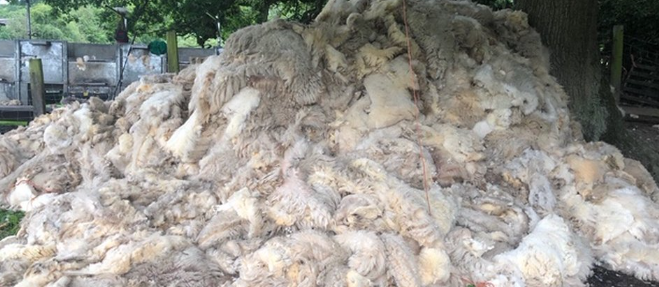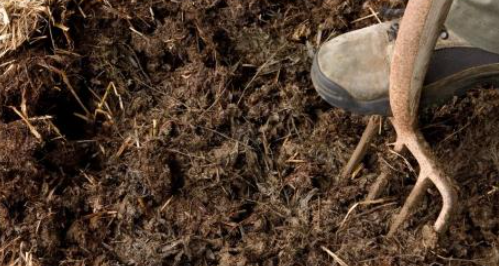
How wool is used as fertiliser
When we think of wool, our minds often conjure images of cosy sweaters or soft blankets. But did you know that wool also has a remarkable role to play in agriculture? Beyond its use in fashion and textiles, wool serves as a valuable resource in the realm of fertilisation. So, read on to find out more.

Shearing
The journey of wool as fertiliser begins as does all wool, including the wool in your knitting kit, with the shearing of sheep. Typically done once a year, shearing not only produces wool for various products but also ensures the well-being of the sheep by preventing overheating. After shearing, the wool undergoes processing to remove impurities and prepare it for its next phase.
Processing and Pelletisation
Following shearing, the wool goes through a series of processing steps. It’s cleaned to remove dirt, grease and other contaminants, making it suitable for use in agriculture.
Next, the wool is often pelletised for ease of application. Pelletisation involves compressing the wool fibres into small pellets, making them easier to handle.
Nutrient-Rich Composition
What makes wool an effective fertiliser lies in its nutrient composition. Wool contains essential elements like nitrogen, potassium and phosphorus, which are crucial for plant growth and development. Plus wool decomposes slowly, releasing nutrients gradually over time, providing a sustained source of nourishment for plants.
Environmental Benefits
Using wool as a fertiliser isn’t just beneficial for crops – it’s also eco-friendly. Wool is a renewable resource, with sheep producing new wool annually. By using wool in agriculture, we reduce waste and promote sustainability. Furthermore, wool fertilisers are often organic and free from synthetic chemicals, making them safe for both the environment and consumers, which is why your knitting kit is such a great product.

Enhancing Soil Health
Beyond supplying nutrients, wool improves soil structure and moisture retention. Its organic matter enriches the soil, boosting the microbial activity essential for nutrient cycling.
Wool’s nutrient-rich composition makes it a valuable asset in sustainable agriculture. By harnessing the potential of wool, we not only nourish our crops but also cultivate a greener, healthier planet.
